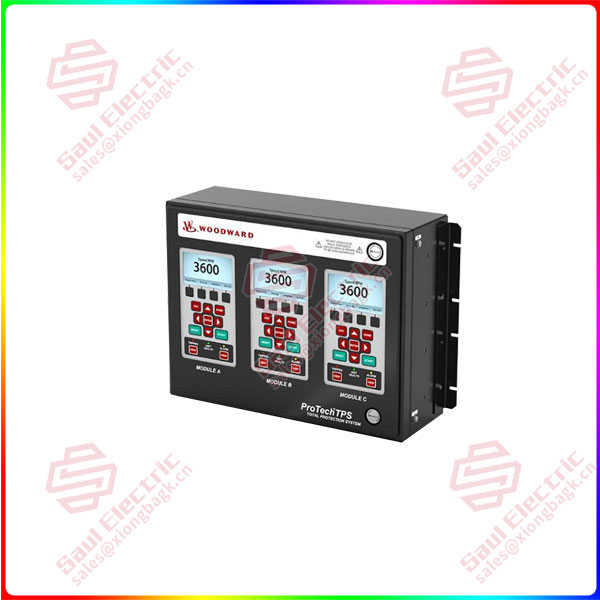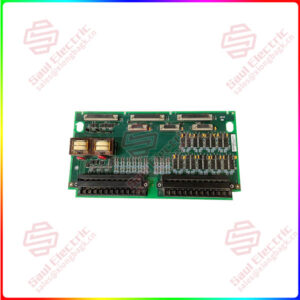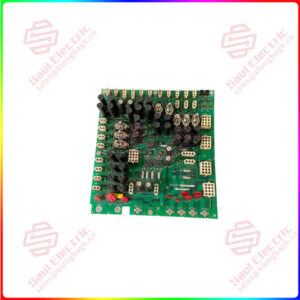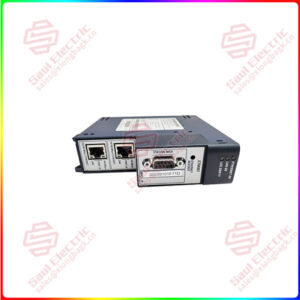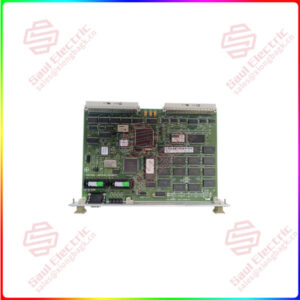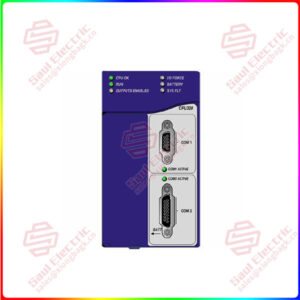Description
Overview
Essential details:8237-1245 Woodward ProTech-GII Overspeed
lf you need to inquire or purchase ,please send the product models to my email or call medirectly .
sunny He
[Email] sales@saulcontrol.com
[Mobile] 86-18059884797
[WhatsApp] 86-18059884797
[Skype] sales@saulcontrol.com
8237-1245 Woodward ProTech-GII Overspeed


 1 Year Warranty
1 Year Warranty
